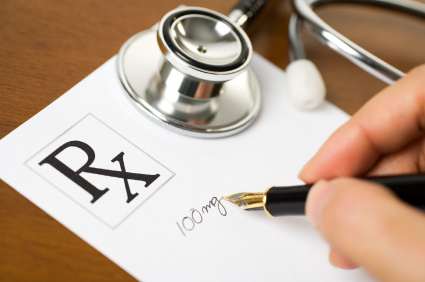Innovating Healthcare with Vodafone
By: Dennis Lottero

We are in the midst of a revolutionary moment in the delivery and practice of healthcare and pharmaceutical trial practices across the globe. The proliferation of ubiquitous connectivity, sensors, analytics, Big Data capabilities, cloud infrastructures and multiple other innovative technologies are rapidly changing the face of medicine, patient care and the ability to manage trials, medical devices, home care and intervention protocols.
M2M solutions remotely connect patients and clinicians using digital medical devices that enable mobile data capture and data sharing. The vast range of clinical applications can revolutionize the way patients interact with their caregivers on a long-term basis. And while this capability has been around for some time now, the proliferation of devices and applications taking advantage of the Internet of Things (IoT) has accelerated and brought a new wave of innovation to the fore.
M2M connected devices enable patients with chronic conditions such as diabetes, hypertension and cardiovascular disease to be monitored and even treated in their homes. This not only improves quality of life for patients; it also frees up face-to-face appointment time at hospitals and treatment centers for acute cases.
Clinicians collect data remotely from mobile devices that transmit readings from patients, whether for blood pressure, blood sugar levels or electrocardiograms. This data provides a comprehensive and up-to-date record of the patient’s status at any time.
Connected devices can also be used to:
-
Check whether patients are taking their medication at the right time and the right dosage, and remind them to do so;
- Monitor long-term trends in patients’ conditions using a combination of physiological measures and patient reported outcomes, including evaluating progress towards agreed patient goals; and
-
Verify whether any medical equipment in the patient’s home requires maintenance.
Patients with chronic conditions benefit from such remote monitoring, ensuring they receive efficient, reliable and continuous care, and increasing their quality of life.
For the clinicians, these sensors and monitoring devices provide an unrivaled source of detailed patient information. Data is available at their fingertips, so they can respond to changes in a patient’s condition. And by saving time on appointments, clinicians can effectively treat more patients, without compromising standards of care.
Enormous advances have been made in the healthcare industry, with new treatments improving millions of patients’ lives. But healthcare providers are challenged by the need to control costs and ensure they make the best possible use of clinicians’ precious time. The pressures on health systems have numerous causes:
-
An aging population: In some countries, more than half the population will soon be over the age of 65. How can providers deal with the increased demand placed on healthcare systems and where will the funding come from?
-
Growing demand for chronic disease care: Medical advances have transformed our ability to treat diseases, such as heart disease, cancer, diabetes, and mental illness. How will managing those diseases affect the demand for resources?
-
Patient empowerment: Healthcare providers’ performance is under scrutiny. Patients want better care and a wider choice of treatments. How can providers increase patient satisfaction?
M2M solutions remotely connect patients and clinicians using digital medical devices that enable mobile data capture and data sharing. The vast range of clinical applications can revolutionize the way patients interact with their caregivers on a long-term basis.
According to the World Health Organization (WHO), almost a billion people globally suffer from chronic disease of some kind. Chronic diseases will account for almost 75% of worldwide deaths by 2020. The efficiencies provided by M2M-enabled connected devices will play a significant role in meeting the long-term healthcare demands of these patients.



















